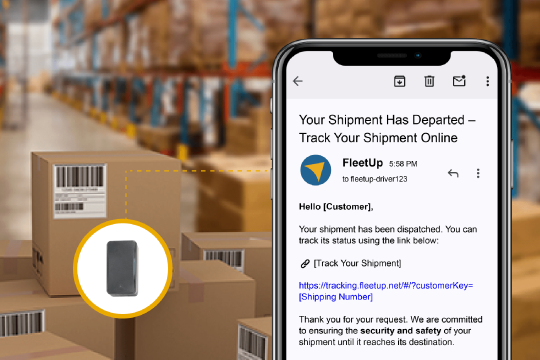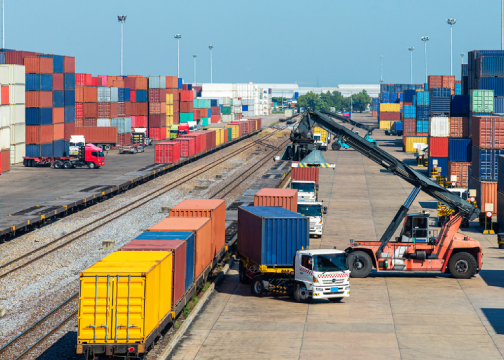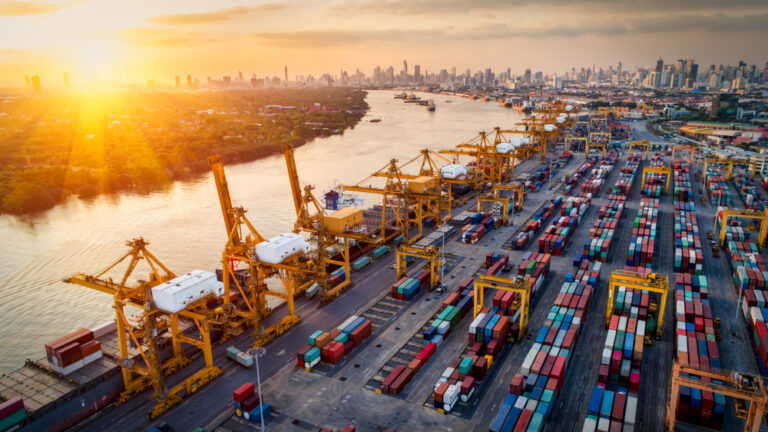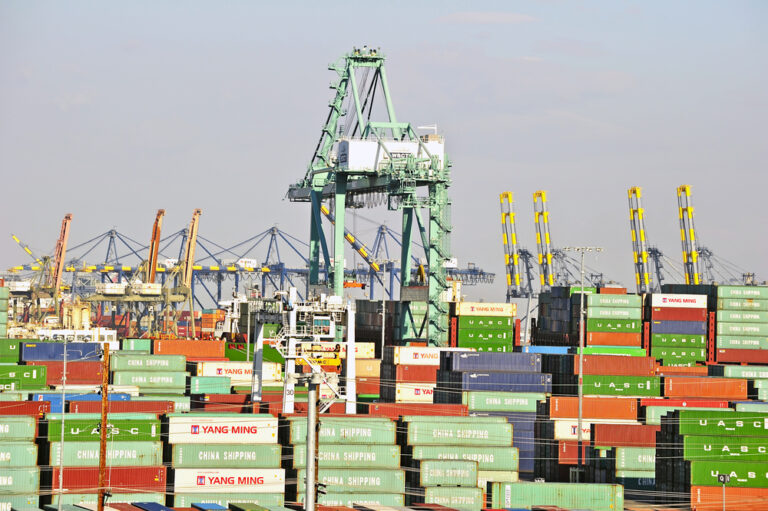Supply chain 2022: 3 strategies for fleets
In 2022, fleets shoulder the responsibility of rebuilding the supply chain. However, they have to overcome a catch 2022. While they try to fix the problem, the broken supply chain itself puts obstacles in their path – high asset prices, component scarcity, and the increasing cost of staffing.
This conundrum isn’t getting easier to solve. 45% of economists believe that the supply chain won’t start to improve until the second half of 2022. But it’s not all downside. Even in the third quarter of 2021, when the crisis was at its peak, almost all freight sectors improved their yields by double digits.
As tight as constraints might be, the economy continues to boom. Fleets that correctly anticipate how the supply chain crisis will evolve in 2022 have the opportunity to turn a difficult year into a very profitable one.
Here are three of the biggest supply chain problems that fleets will face in 2022 – and strategies to overcome each one.
Supply chain disruptions are hitting fleets from multiple angles – there’s a lack of chassis to transport shipments, there’s a lack of affordable new trucks, there’s a lack of drivers to drive those trucks, and more.
With so many stumbling blocks, it’s no surprise that operations don’t always go as planned. When customers are surprised by unexpected delays and cost overruns, they’re more likely to complain – and the more surprising the problem is, the more likely they are to spread their complaints far and wide.
Strategy: Improve communication with customers
The vast majority of customers understand that even the most well-run businesses run into bad luck. When customers see businesses transparently and proactively dealing with those problems, their frustration is calmed – and sometimes even turned into admiration.
Fleets that offer tools like live ETA and delivery notifications help customers see exactly how hard they’re working to get their shipment to its destination. Advanced trip share tools can do even more to turn customers into allies. In a hazy economy, transparent businesses quickly become customer favorites.
The reason it’s so hard to rebuild the supply chain is the same reason that it’s so hard to achieve full supply chain visibility: the number of individual components that make up the supply chain can feel almost infinite.
Whether it’s a driver, a chassis, a valuable shipment, a pallet, a truck, a generator, or any other asset, fleet professionals want to know where everything is at all times. Most tracking systems can monitor one or two or three of these things – very few can monitor all of them simultaneously.
Strategy: Onboard an all-in-one fleet monitoring system
The best way to achieve full fleet visibility is to find and onboard an advanced tracking system. FleetUp’s all-in-one fleet management software monitors everything from employees to trucks to job sites to the most unusual assets.
Even more importantly, it monitors all of these crucial components in real time, so managers can instantly access the current status of every aspect of their operation. And it displays all of this information on a single easy-to-use map, accessible via any desktop or mobile device.
Ever since the supply chain crisis started, it has become harder to replace the assets the supply chain needs to move goods. Vehicles are scarce, whether used or new – and the ones that are available are incredibly expensive.
And it’s not just vehicles – the components within vehicles are becoming harder to find and more expensive to buy. In this environment, catastrophic engine failure is truly catastrophic. Mechanics might not be able to get their hands on the parts they need to fix the problem. And managers might not be able to find a new vehicle to replace the one that has broken down.
Strategy: Increase asset lifetime
The most advanced fleet management systems help operations increase asset lifetime in multiple ways. First, they put all critical mechanic information on a single shared platform, accessible to any approved team member. Second, they allow mechanics to decide how often parts need to be replaced and automatically alert them when those replacements are due. Third, automated real-time engine monitoring identifies engine problems the moment they occur, so mechanics can fix them before they cause engine failure.
Combined, these solutions dramatically increase asset, vehicle, and engine lifetimes. Don’t let vehicle and engine component shortages cripple your fleet – keep your operation healthy with fleet automation.








